
It’s more complicated than that: Private Ownership
Many zookeepers advocate ending private ownership of exotic animals in the United States. But do they all understand what that means? Maybe they are thinking about having a tiger in your New York City apartment. They may imagine owning a capuchin as a pet. The problem is that it’s much more complicated than that: Private ownership encompasses any animal or facility that is not managed by a government or municipality.
The Phoenix Zoo is privately owned.
The Center for Tropical Ungulates is privately owned.
The Lubee Bat Conservancy is privately owned.
White Oak Conservation is privately owned.
Many of our most respected animal collections and conservation organizations are privately owned. Most started with some rich guy who thought exotic animals were cool.
Scimitar Horned Oryx Success
Let’s look closely at an example. Illegal poaching and civil unrest led to the functional extinction of this species several decades ago. Scimitar-horned oryx would be utterly extinct if it weren’t for a bunch of rich dudes who thought they were fun to hunt. While some oryx were found in zoological populations, there were not enough to offer the genetic diversity for a comeback. Most zoos can’t invest the space to have herd species like the oryx thrive. Enter private ownership.
Thanks to Texas hunting ranches, the royal family Abu-Dhabi, and zoos worldwide, reintroduction efforts for this species have been successfully increasing over the years. The program re-released over 500 animals into Chad, and at least 41 babies were born. Thanks to partnerships that reach across ownership lines, many consider the program a vast success.
Domination or preservation
“It is domination. There is absolutely no question,” says Peter Laufer, a journalism professor at the University of Oregon and author of “No Animals Were Harmed: The Controversial Line Between Entertainment and Abuse.” When figures like Hearst collect fearsome creatures, Laufer says, it sends a clear message.” Quote from an article on private zoos and exotic animal ownership.
I’m afraid I have to disagree with Peter Laufer. I would question if it’s domination, preservation, stewardship, fascination, biophilia, or collection. It isn’t easy to determine one’s motivations for owning exotic animals. Because of that, I would argue it doesn’t matter.
Focused on the wrong thing
I think the arguments are focused on the wrong thing. When we paint these arguments in black or white, we’re missing all sorts of shades of grey and limiting potential. It shouldn’t be entertainment or education. We can’t eliminate private ownership, and we can’t approve or disapprove of ownership based on motivation. If we do, species like the oryx will go extinct.
We talked before in a previous series about how there aren’t enough spaces in AZA-accredited zoos to house enough animals to support genetic diversity in many species. There likely aren’t enough spaces in AZA AND ZAA accredited zoos to keep an ark for all species. Therefore, our current plan is to phase out species that don’t have the diversity we need to make room for others. Essentially giving up on many species and hoping conservation efforts will work in situ. I’m afraid we will have to get more creative than that. We need to stop focusing on the animal’s purpose or the motivation for ownership. We should start focusing on how the animal is cared for.
Bacardi for Bats
Lubee Bat Conservancy owes a great deal to a rich dude who thought bats were cool. Specifically, Luis Bacardi of Bacardi run. Bacardi was fascinated by wild and endangered animals. Whether his motivation was conservation, domination, collection, or preservation, he still founded the Lubee Foundation and built a state-of-the-art bat breeding and conservation center.
He also played a pivotal role in ensuring that the Pacific Island Flying Fox was saved from extinction. There are conservation awards and grants established in his name. The point is that most of that might not be possible without private ownership.
Legislation
So, where do we draw the line? What private ownership is okay? What private ownership is not? These questions are part of an ongoing challenge and debate. Since private ownership is difficult to define, how do we legislate around it? One of the most common ways for animal rights activists to attack our industry is through legislation.
Many pieces of the legislation claim to ban the private ownership of exotic animals. The Big Cat Safety Act was/is this type of legislation. It’s easy for lawmakers and the public to rally around these laws because when they think of private ownership, they imagine a chimp at the breakfast table or a tiger in the apartment. Since it’s challenging to define responsible private ownership, the debate begins. AZA and ZAA often get involved long enough to advocate for exemptions for accredited facilities, which is an excellent first step but leaves out many of our partners. Like the ones saving Scimitar Horned Oryx.
Solution
So what’s the solution? What’s the answer?
I don’t know that there is one, but I do know that we’ll all have to realize that it’s more complicated than that. Suppose we recognize that it might slow us from jumping on the bandwagon and force us to consider the gray areas. When we can do that, we have a real chance of coming up with solutions that save species and preserve wildlife.

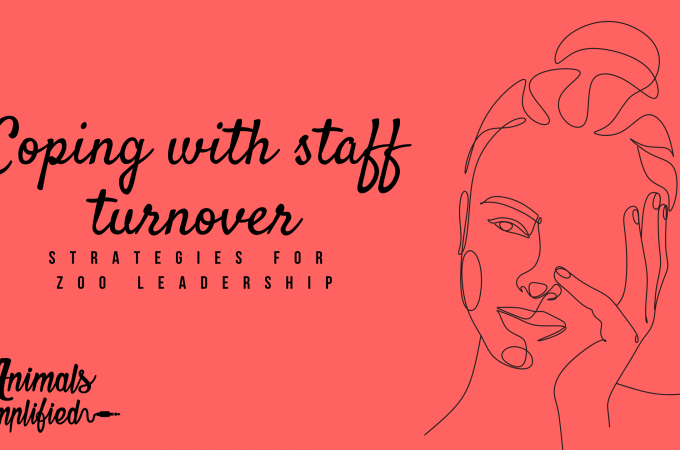
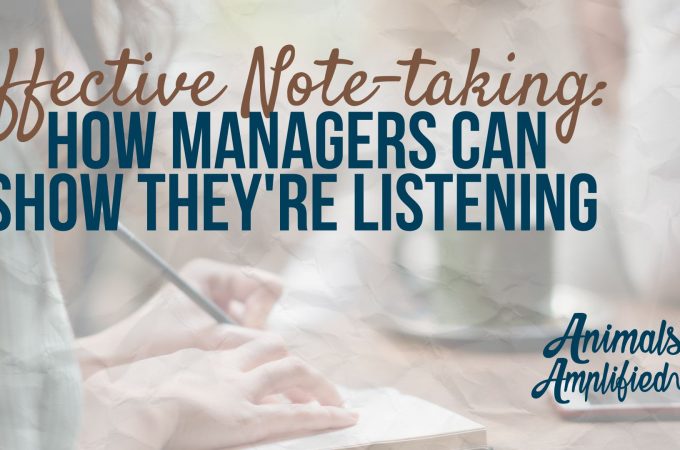
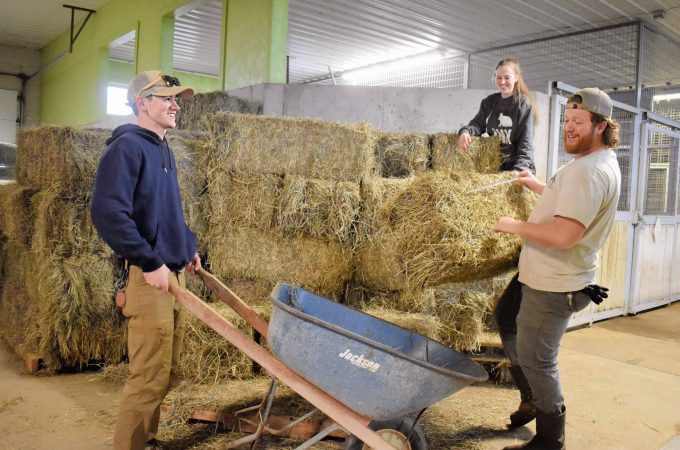
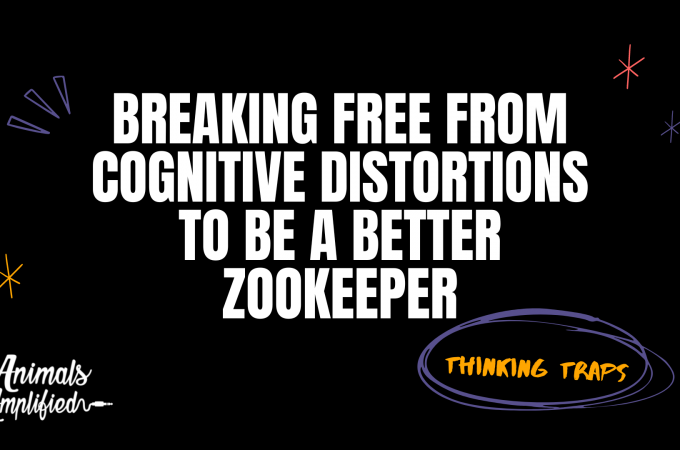
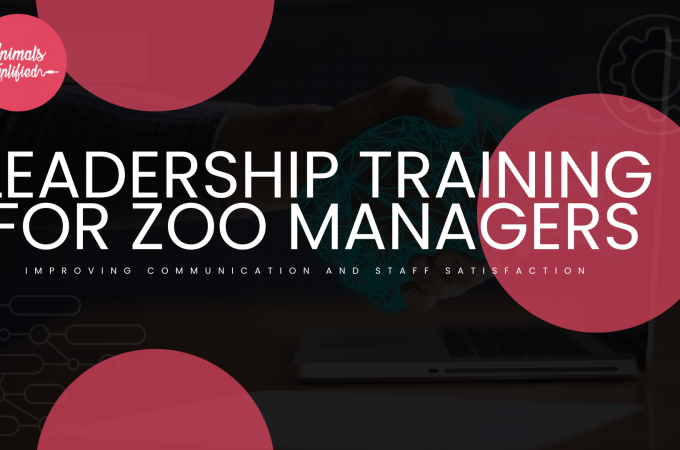
YES! This is such a hard topic. As a “privately owned” bird sanctuary, I often wonder how people view us in a variety of ways. Do the accredited places think of us as poor managers of our avian ambassadors? We hold ourselves to a high standard of care and training but there is nothing “legally” separating us from those “tiger in the apartment” type people. Great Topic for discussion!